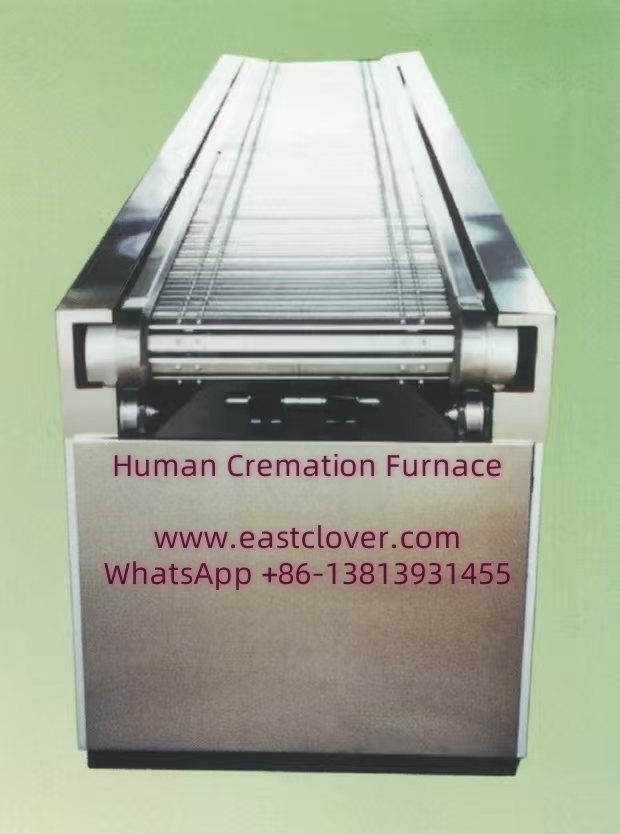Introduction
Nigeria, Africa’s most populous nation, faces significant challenges in managing mass fatalities during emergencies. Disease outbreaks like Ebola and Lassa fever, natural disasters, and large-scale accidents often overwhelm existing infrastructure for handling human remains. Traditional burial practices, while culturally significant, can inadvertently accelerate disease transmission or prove impractical in crisis scenarios. In response, Nigerian authorities and innovators have pioneered a groundbreaking solution: containerized mobile cremation furnaces. These units redefine emergency response by combining mobility, efficiency, and environmental safety to address public health risks during disasters.
The Challenge of Mass Fatalities in Emergencies
During epidemics or disasters, the rapid and safe disposal of human remains is critical. Decomposing bodies can contaminate water sources, spread pathogens, and create psychological distress for survivors. Nigeria’s experience during the 2014 Ebola outbreak highlighted gaps in managing infectious remains, as communities resisted cremation due to cultural preferences for burial. Similar challenges emerged during the COVID-19 pandemic, where cremation became a necessary but contentious measure to curb transmission. Traditional methods, such as mass burials or open-air pyres, often lack the capacity or safety standards required in emergencies.
Containerized Mobile Cremation Furnaces: A Technological Leap
Containerized mobile cremation furnaces are repurposed shipping containers equipped with advanced incineration systems. Designed for rapid deployment, these units can be transported via road, rail, or air to disaster zones. Key features include:
- High-Temperature Incineration: Operates at 800–1,000°C to ensure complete combustion of organic matter and pathogens.
- Modular Design: Scalable units can process 10–50 bodies daily, depending on size.
- Emission Control: Integrated filters capture particulate matter and gases, reducing environmental impact.
- Dual-Fuel Systems: Compatible with diesel, LPG, or biogas, ensuring operation in fuel-scarce regions.
- Automated Controls: Sensors and AI optimize combustion efficiency and monitor safety parameters.
Benefits of Mobile Cremation in Emergency Response
These furnaces address both logistical and public health challenges:
- Disease Containment: Destroy bacteria, viruses, and prions, preventing secondary outbreaks.
- Cultural Sensitivity: Units can be temporarily stationed to allow families to conduct rituals before cremation.
- Environmental Protection: Reduce deforestation and air pollution associated with traditional pyres.
- Cost-Effectiveness: Lower long-term costs compared to maintaining permanent crematoriums.
Case Studies and Real-World Applications
During the COVID-19 surge in Lagos, mobile units were deployed to process remains when hospitals reached capacity. In 2023, a cholera outbreak in Bauchi State saw furnaces used to safely dispose of contaminated bodies, curbing the spread. Future applications could include conflict zones or industrial accidents, where rapid response is critical.
Challenges and Considerations
Despite their advantages, mobile cremation furnaces face hurdles:
- Cultural Resistance: Many communities associate cremation with indignity. Ongoing dialogue with religious leaders is essential.
- Infrastructure Limitations: Poor road networks in rural areas delay deployment.
- Training: Operators require technical expertise to manage advanced systems.
www.southclover.com
Nigeria’s containerized mobile cremation furnaces represent a paradigm shift in emergency response. By marrying technology with adaptability, they offer a scalable solution to a once-intractable problem. As climate change and urbanization increase disaster risks, such innovations will be vital to safeguarding public health while respecting cultural values.
FAQs
Why is cremation necessary during emergencies?
Cremation prevents disease spread by eliminating pathogens in remains. It also addresses space constraints and logistical challenges of mass burials.
How do these units accommodate cultural preferences for burial?
Authorities work with communities to allow brief mourning rituals before cremation. Units can also be discreetly positioned to reduce stigma.
Are mobile furnaces environmentally safe?
Yes. Advanced filters reduce emissions by 90% compared to open burning, and ash is collected for safe disposal.
What is the cost of deploying a mobile cremation unit?
Initial setup costs range from $50,000 to $150,000, but this is offset by lower long-term operational expenses and reduced public health risks.
Can these furnaces operate off-grid?
Yes. Solar panels and battery backups enable operation in areas without reliable electricity.

Comments are closed